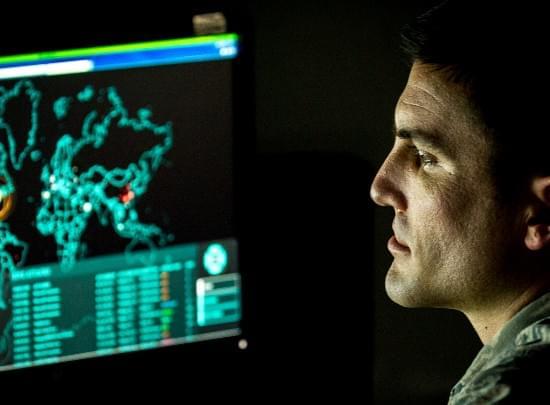The permafrost of east Eurasian mountains is slowly melting away, helping to reveal the buried bodies of the much-feared Mongol Empire – as well as their unquenchable thirst for yak milk.
New research has studied the remains of a cemetery at the so-called Khorig site, located high in the Khovsgol mountains. Dating suggests that the cemetery was operating in the 13th century starting around the time of the Mongol Empire’s unification in 1,206 CE.
This was the year when the infamous Genghis Khan was proclaimed the ruler of all Mongols. With the help of a fearless horseback army, he launched a series of bloody military campaigns across Asia, laying the foundations for the largest contiguous land empire in history that spanned from the Pacific coast of Asia to Eastern Europe. The world was never the same again.






